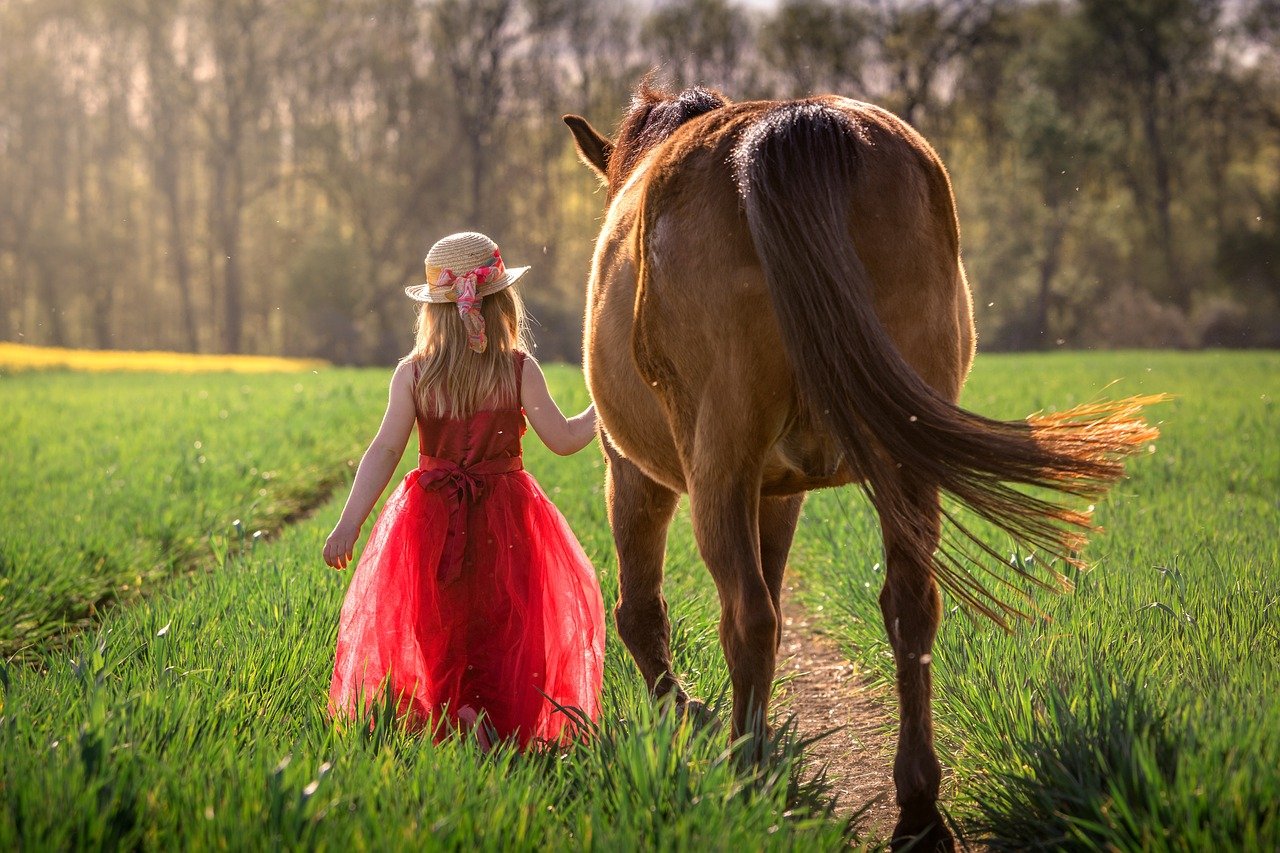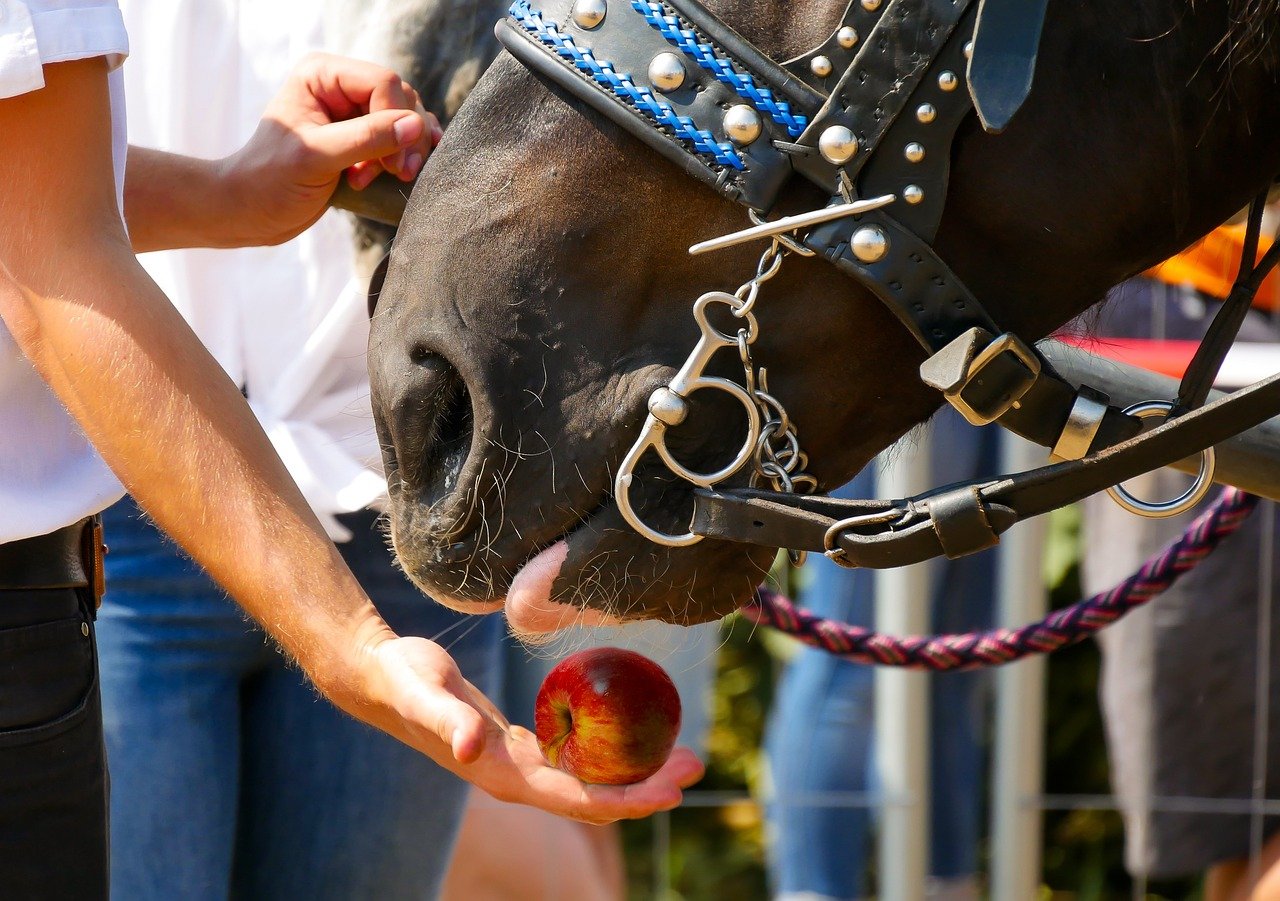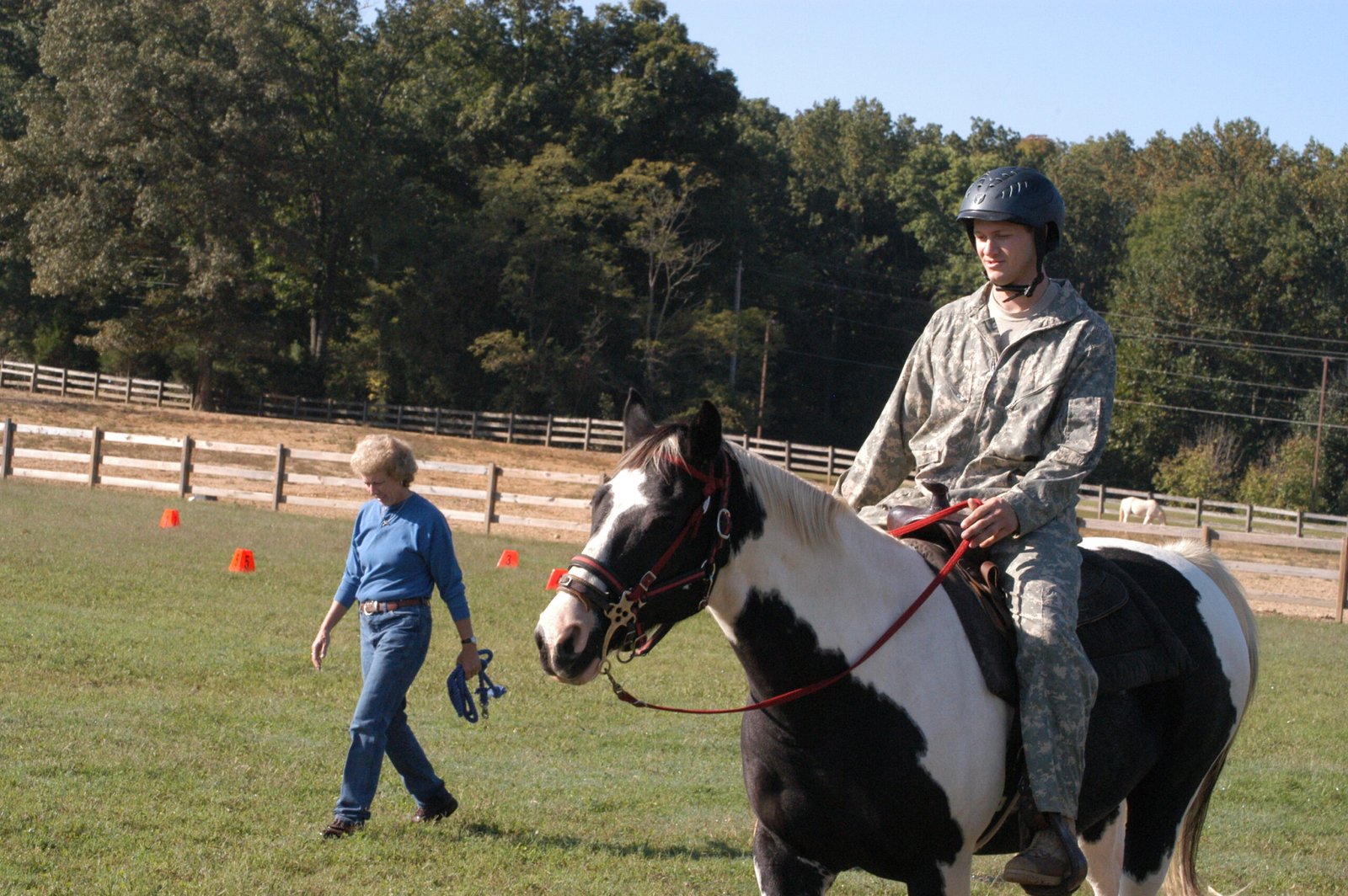Have you ever stood beside a beautiful horse, only to watch it shy away, eyes wide and nostrils flaring? It’s a little heart-breaking and a lot humbling. Horses, with their giant hearts and sharp senses, often react to the world with caution, especially if they’re nervous or unsure. Building trust with a skittish horse isn’t just about training—it’s about friendship, patience, and learning to speak their silent language. Ready for a fun, heartfelt journey into the world of horse whispering? Here are seven delightful ways to win over even the most anxious equine companion!
Start with Calm, Consistent Presence
The first step to winning a nervous horse’s trust is simply being there. Horses are prey animals, so sudden movements or unpredictable behavior can make them feel threatened. Show up regularly, greet your horse softly, and let them get used to your scent and voice. Consistency is key—think of yourself as their favorite tree in the pasture, always steady and never surprising. Over time, your horse will begin to recognize you as a safe part of their world. Remember, horses notice everything: your tone, your posture, even your breathing. Keep it relaxed and steady. If you’re calm, your horse will start to feel calm too.
Let Them Come to You

Resist the urge to rush in and grab your horse’s halter. Instead, stand quietly and allow them to approach you on their own terms. Horses are naturally curious but need to feel in control, especially if they’re nervous. Hold out your hand, palm down, and wait. Maybe they’ll sniff, maybe they’ll stand back and watch. Either way, patience pays off. This simple gesture shows respect for their space and helps build a foundation of trust. Letting them make the first move can be surprisingly powerful, and you might be amazed at how quickly a shy horse becomes interested in you.
Use Gentle Touch and Grooming
Once your horse feels comfortable near you, introduce gentle touch. Start by softly stroking their neck or shoulder, avoiding sudden movements. Grooming sessions are perfect for bonding—horses groom each other in the wild to show affection and build social bonds. Use a soft brush and gentle hands; talk to your horse in a soothing voice. Pay attention to their reactions—do they relax, or do they tense up? If they seem uneasy, slow down or stop. By making grooming a pleasant, relaxing experience, you show your horse that your touch is something to look forward to.
Speak Their Language: Watch Body Signals
Horses communicate mostly through body language, not words. Learning to read their signals—like pinned ears, swishing tails, or relaxed lips—can make a world of difference. If your horse is nervous, their body will tell you. Are their ears forward and curious, or flat and worried? Is their body tense, or are they relaxed and soft? Respond to these cues by adjusting your approach. A little empathy goes a long way; if you notice signs of stress, pause and give them time to settle. This shows your horse that you’re listening, and that’s the first step toward trust.
Reward Small Steps with Treats and Praise

Celebrating progress, even the tiniest steps, can turn training into a joy for both you and your horse. When your horse tries something brave—like touching your hand, standing still, or letting you groom them—reward them with a gentle pat, a kind word, or a small treat. Horses learn quickly when there’s a positive outcome. Think of it as saying, “Thank you for trusting me!” Remember, treats should be healthy and given in moderation, and always use praise that feels genuine. A happy “Good job!” or a scratch on the withers can mean the world.
Establish a Predictable Routine

Nervous horses thrive on routine. When they know what to expect, they feel safer and more in control. Try to feed, groom, and exercise your horse at the same times each day. Use the same commands, and approach them in familiar ways. Predictability helps dissolve anxiety. Imagine how you’d feel if your days were full of surprises—probably jumpy, just like a nervous horse! Routines build a sense of security and help your horse understand that you’re not bringing chaos into their world, but comfort and consistency.
Take Baby Steps with Exposure
Introducing your horse to new experiences should be done slowly and gently. Whether it’s a new object, sound, or environment, go at their pace. If you’re introducing a scary item, let them sniff and explore it from a distance. Gradually shorten the distance as they grow more confident. Never force them to confront something frightening; instead, celebrate their curiosity. Each small victory, like walking past a fluttering tarp or standing near a barking dog, builds confidence. Over time, these baby steps add up to a braver, more trusting horse.
Make Every Interaction Positive and Fun
Above all, trust grows when your horse associates you with good times. Turn training into play—try leading games, obstacle courses, or even just exploring new parts of the pasture together. Keep sessions short and end on a high note. Laughter, lightness, and a sprinkle of silliness can work wonders for nervous horses. They’ll start to look forward to seeing you, not just as a trainer, but as a friend. A horse that feels safe and happy in your company is a horse that will trust you with their whole heart.

Born and bred in South Africa, a Capetonian at heart. Amy-Leigh’s love for nature and animals was inherited from her Dad. He loves taking the family on road trips to experience nature at its finest; Amy-Leigh’s favourite being whale watching in Hermanus and spotting Kudu along the West Coast. Amy-Leigh holds a BA in English Literature and Communication Studies.





